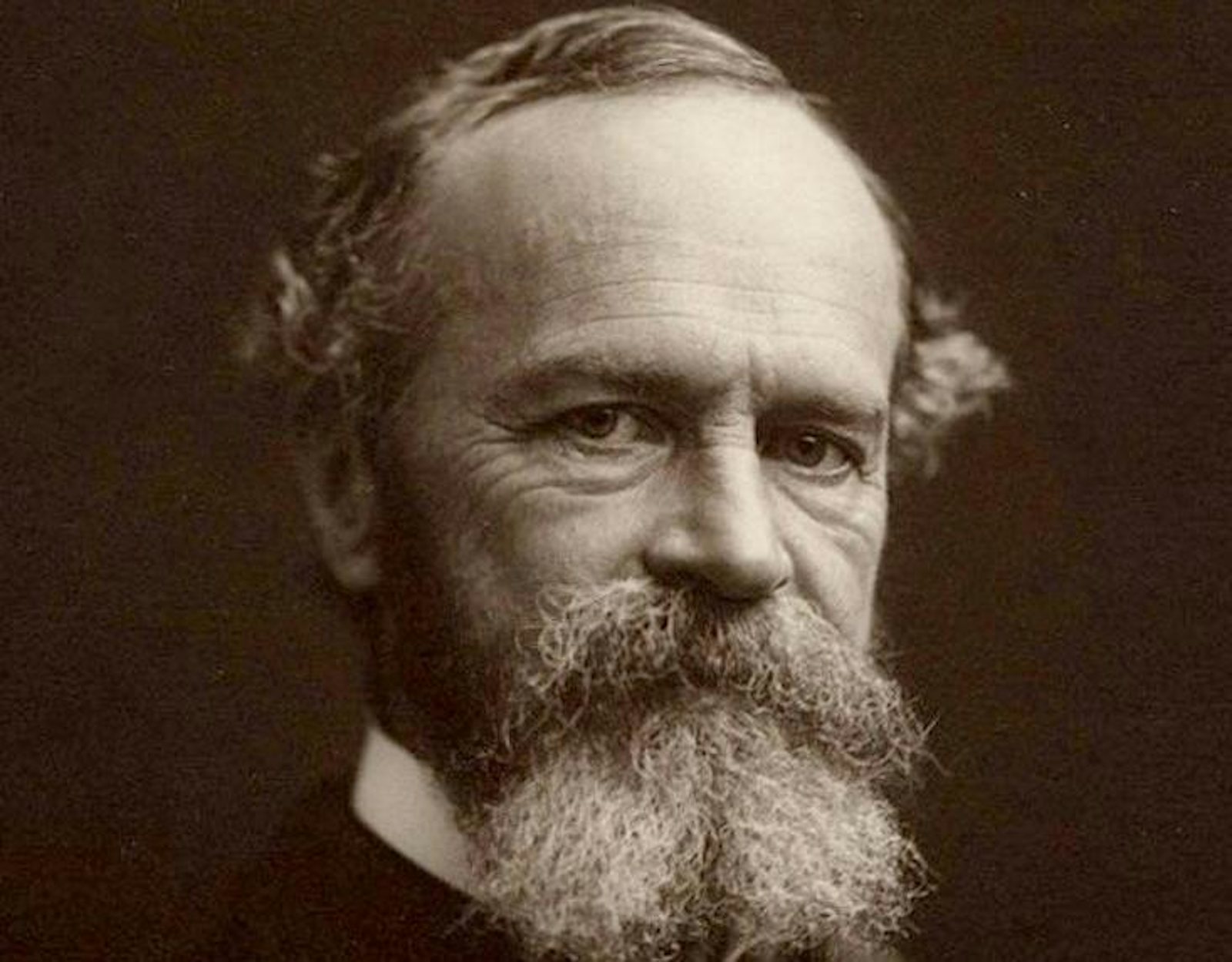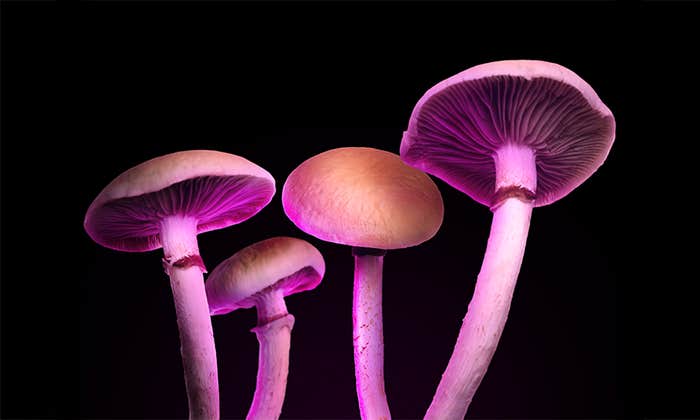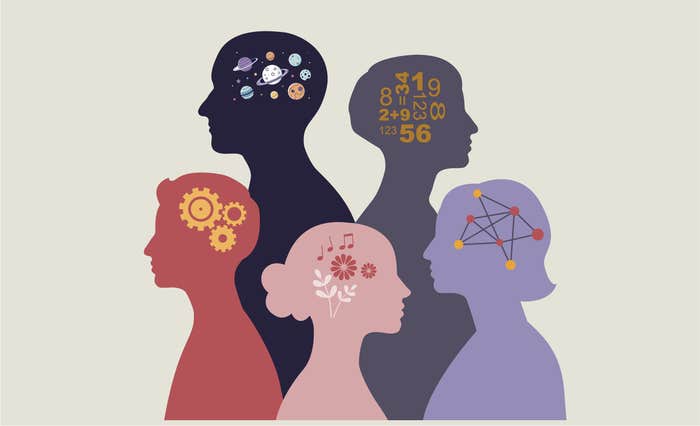Is consciousness an instinct?
When feeling at sea about definitions and meanings in the mind/brain business, it is always rewarding to dial up William James once again.
More than 125 years ago, James wrote a landmark article simply titled “What Is an Instinct?” He wastes no time in defining the concept:
Instinct is usually defined as the faculty of acting in such a way as to produce certain ends, without foresight of the ends, and without previous education in the performance…[Instincts] are the functional correlatives of structure. With the presence of a certain organ goes, one may say, almost always a native aptitude for its use. “Has the bird a gland for the secretion of oil? She knows instinctively how to press the oil from the gland, and apply it to the feather.”
The definition seems straightforward, and yet it is cleverly dualistic—an instinct is both a behavior and a physical structure. Yet using the structure calls upon an “aptitude,” which apparently comes along for free. Finding the physical correlates of an instinct is doable, but how do we learn whether a behavior is instinctual? Does it just happen? Not a very scientific answer. Does the bird start out with a reflex to press the oil from the gland and, over time, learn that, as a consequence, everything works better? Clearly if there was no oil gland, there would be no oil and no opportunity for learning to use it to fly better. One can see the blind loop of natural selection and experience working together to form what we would call an instinct.
Bird behavior is one thing, but does this really apply to human cognition and consciousness? James offers a rationale for how it might all work:
A single complex instinctive action may involve successively the awakening of impulses…Thus a hungry lion starts to seek prey by the awakening in him of imagination coupled with desire; he begins to stalk it when, on eye, ear, or nostril, he gets an impression of its presence at a certain distance; he springs upon it, either when the booty takes alarm and flees, or when the distance is sufficiently reduced; he proceeds to tear and devour it the moment he gets a sensation of its contact with his claws and fangs. Seeking, stalking, springing, and devouring are just so many different kinds of muscular contraction, and neither kind is called forth by the stimulus appropriate to the other.
As I look at James’s work now, I recognize a schema that fits the module/layering ideas. James appears to suggest that the structural aspects of instincts are modular. Each instinct can function independently for simple behaviors, but they also work as a confederation. Individual instincts can be sequenced in a coordinated fashion for more complex actions that make them look an awful lot like higher-order instincts, like language, as Steven Pinker argued in The Language Instinct. The avalanche of sequences, I argue, is what we call consciousness. James adds a description of the animal’s experience of obeying an instinct: “Every impulse and every step of every instinct shines with its own sufficient light, and seems at the moment the only eternally right and proper thing to do. It is done for its own sake exclusively.” It sounds like a lot of bubbles are conjoined by the arrow of time and produce something like what we call conscious experience. Each bubble has its own ability to render a feeling about the capacity being expressed at that moment.
The dynamics of which bubble pops up when is no doubt influenced by experience and learning. However, experience, learning, and consciousness must all be isomorphic—operational within the same system. Once the phenomenon is thought of in this way, we see conscious experience for what it is: Mother Nature’s trick. Thinking of consciousness as an evolved instinct (or a whole sequence of them) shows us where to look for how it emerged from the cold inanimate world. It opens our eyes to the realization that each aspect of a conscious experience is the unfolding of other instincts that humans possess, and that, by their very nature, the mechanisms and capacities they harbor produce the felt state of conscious experience. Remarkably, in the past few years biologists of all stripes have been able to come together in a breathtaking way to identify 29 specific networks in the brain of a fly, each controlling a specific behavior. These individual behaviors can be flexibly combined and recombined into more complex patterns. Yes, it is in the fruit fly where we may learn the lessons of consciousness! The hunt for understanding the physical dimension of instincts is on.
However, many abhor the use of concepts such as instinct to describe phenomenal conscious experience. If consciousness is an instinct, they argue, then humans must be automatons, or witless zombies. Yet we can argue that accepting the idea that a complex entity, like the brain/body/mind, has a knowable mechanism does not doom one to such deterministic and despairing views. James himself addressed this overarching concern:
Here we immediately reap the good fruits of our simple physiological conception of what an instinct is. If it be a mere excito-motor impulse, due to the pre-existence of a certain “reflex-arc” in the nerve-centres of the creature, of course it must follow the law of all such reflex-arcs. One liability of such arcs is to have their activity “inhibited” by other processes going on at the same time. It makes no difference whether the arc be organized at birth, or ripen spontaneously later, or be due to acquired habit, it must take its chances with all the other arcs, and sometimes succeed, and sometimes fail…The mystical view of an instinct would make it invariable. The physiological view would require it to show occasional irregularities in any animal in whom the number of separate instincts, and the possible entrance of the same stimulus into several of them, were great. And such irregularities are what every superior animal’s instincts do show in abundance.
James provides much more, and it does take time to absorb the idea of instincts. I urge you to read his original paper to see his clear thinking, clear writing, and unshakable pragmatism on these difficult issues. James points the way forward, refusing to accept the despairing caricature of humankind as robot at the beck and call of reflex responses. To him, a complex behavioral state can be produced by varying the combinations of simple, independent modules, just as a combination of multiple different small movements makes the complex behavior of a pole vaulter as he sails upward over the pole. When acting together in a coordinated way, even simple systems can make observers believe other forces exist.
James’s stance is clearly stated: “My first act of free will shall be to believe in free will.” This proclamation is consistent with the idea that beliefs, ideas, and thoughts can be part of the mental system. The symbolic representations within this system, with all their flexibility and arbitrariness, are very much tied to the physical mechanisms of the brain. Ideas do have consequences, even in the physically constrained brain. No despair called for: mental states can influence physical action in the top-down way!
The flexibility of my own symbolic representations has been a source of joy and surprise, not despair. Perhaps the most surprising discovery for me is that I now think we humans will never build a machine that mimics our personal consciousness. Inanimate silicon-based machines work one way, and living carbon-based systems work another. One works with a deterministic set of instructions, and the other through symbols that inherently carry some degree of uncertainty.
In the end, we must realize that consciousness is part of organismic life. We never have to learn how to produce it or how to utilize it. On a recent trip to Charleston, my wife and I were out in the countryside looking for some good ole fried chicken and cornbread. We finally found a small roadside diner and ordered. As the waitress was walking away, I said, “Oh yes, and add some grits to that order.” She turned back to me, smiled, and said, “Honey, grits come.” Grits come with the order, and so does what we call consciousness. We are lucky for both.
Michael Gazzaniga is Director of the SAGE Center for the Study of the Mind at UCSB. He is the president of the Cognitive Neuroscience Institute, the founding director of the MacArthur Foundation’s Law and Neuroscience Project and the Summer Institute in Cognitive Neuroscience, and a member of the American Academy of Arts & Sciences, the Institute of Medicine, and the National Academy of Sciences.
Excerpted from THE CONSCIOUSNESS INSTINCT: Unraveling the Mystery of How the Brain Makes the Mind, by Michael S. Gazzaniga, published by Farrar, Straus and Giroux. Copyright © 2018 by Michael S. Gazzaniga. All rights reserved.


























